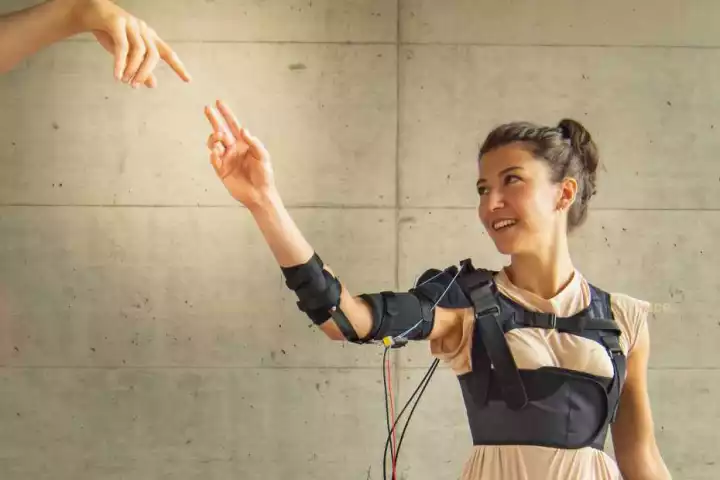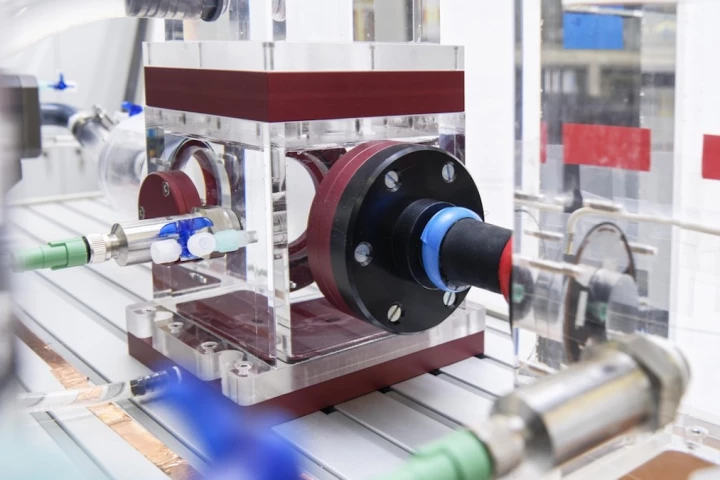Artificial Muscles
-
Engineers at MIT have devised an ingenious new way to produce artificial muscles for soft robots that can flex in more than one direction, similar to the complex muscles in the human body. It could soon unlock new capabilities for squishy bots.
-
Combining lab-grown muscle tissue with a series of flexible mechanical joints has led to the development of an artificial hand that can grip and make gestures. The breakthrough shows the way forward for a new kind of robotics.
-
Researchers have developed a novel bioink that uses a sustained-release hormone to promote the growth and regeneration of 3D-printed muscle tissues, opening the door to new therapies to help people who’ve suffered muscle loss or damage.
-
While multi-material 3D printers do already exist, the filament they extrude is all one material at any one point in the printing process. A new system produces actual multi-material filaments, however, and they boast a very useful helical design.
-
We've been hearing a lot about "artificial muscles," which allow robotic devices to perform human-like motions. And while most of them have been produced in labs utilizing high-tech materials, a new type could be made by hobbyists using a 3D printer.
-
Researchers at ETH Zurich have developed a lightweight, wearable textile exomuscle that uses sensors embedded in its fabric to detect a user's movement intentions and chip in extra force as needed. Initial tests show a significant boost in endurance.
-
Researchers have developed a new type of artificial muscle that’s entirely made out of natural proteins. Responding to changes in its environment allows the muscle to flex on demand, which could make it useful for implants, prosthetics or robots.
-
"Muscle shirt" may soon take on a whole new meaning. A team has found a way to use bacteria to produce synthetic muscle proteins, which can then be spun into fibers to make clothing, protective gear and biomedical implants and prosthetics.
-
Tiny robots could serve useful functions, but shrinking actuators has proven challenging. Now researchers at the University of Wollongong have made artificial muscles that surpass your puny natural ones, inspired by the “supercoiling” of DNA strands.
-
Scientists have combined a technique known as direct cell reprogramming with a new type of scaffold to ensure transplanted cells thrive in their new environment, demonstrating the potential of the technique by treating severe muscle loss in mice.
-
Soft-bodied robots move via pneumatic "muscles" that are selectively inflated or deflated. And while the muscles themselves may be soft and squishy, they're usually hooked up to hard, unwieldy pumps. A new pump, however, is both small and flexible.
-
Heart failure often requires a transplant of the whole organ. Now scientists at EPFL have developed an artificial aorta that can help pump blood, taking some of the pressure off the heart to reduce or even eliminate the need for a transplant.
Load More











